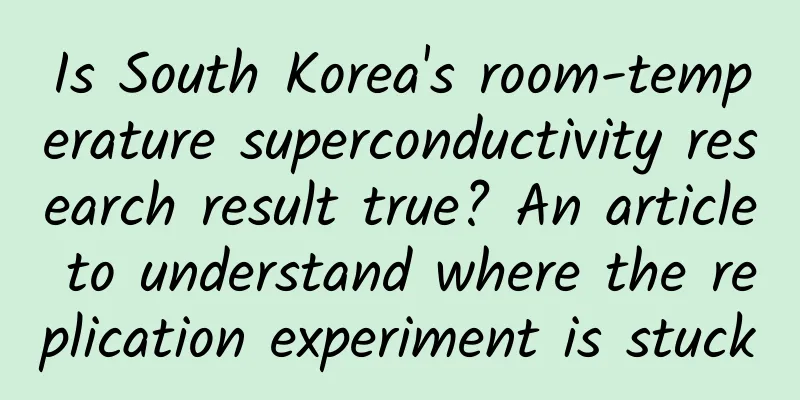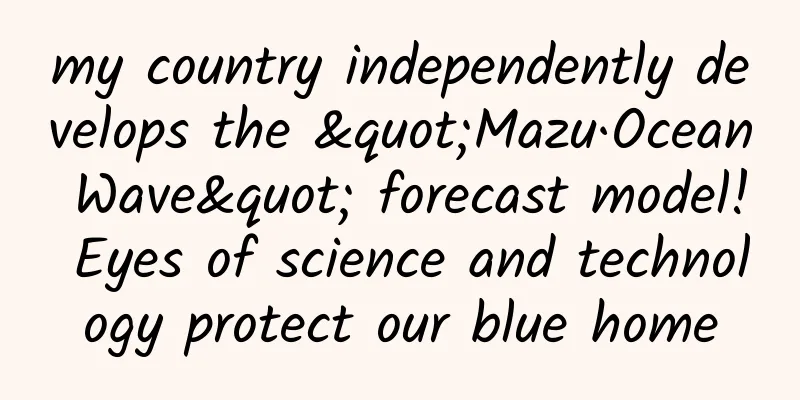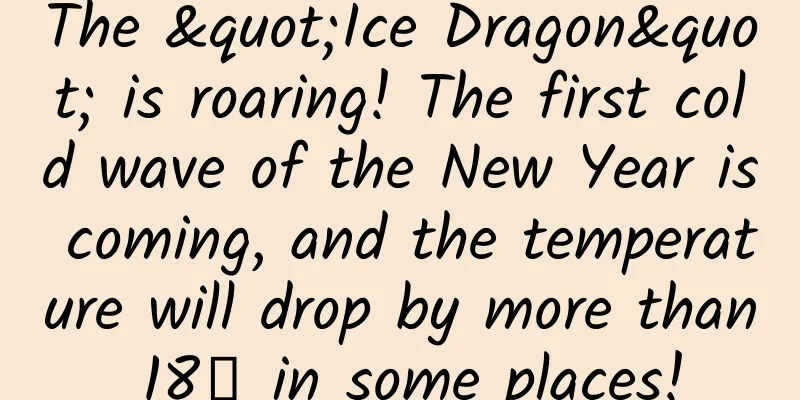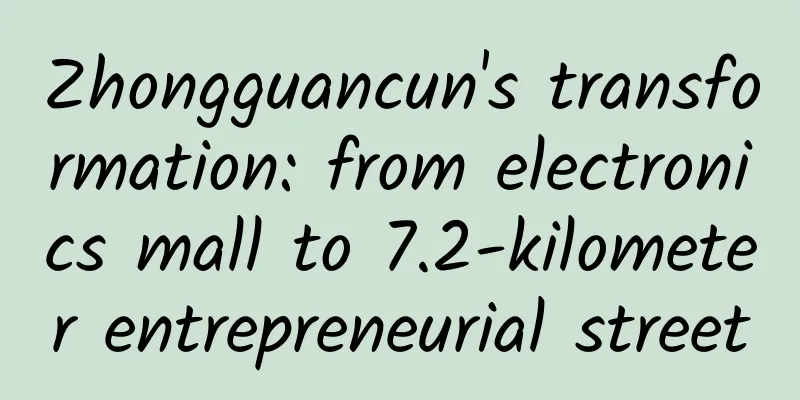Is South Korea's room-temperature superconductivity research result true? An article to understand where the replication experiment is stuck

|
On July 22, a South Korean research team uploaded a paper on the arXiv platform, claiming to have discovered a room-temperature superconductor called LK-99, which attracted worldwide attention. It should be noted that arXiv is a website that collects preprints of papers in physics, mathematics, computer science, biology and mathematical economics. The articles posted on it cannot be called "official publications" because the articles posted on it are posted by the authors themselves, with the purpose of claiming their first publication rights and communicating with others, but the authenticity of the content of the articles does not need to be strictly reviewed by peers. "Officially published" articles must be able to withstand peer review. However, recently, due to the excessive pressure from public opinion, the South Korean team has removed the paper. What is a superconductor? Superconductivity is a macroscopic thermodynamic phase transition of electrons inside a material. Superconductors have two independent characteristics: absolute zero resistance and complete diamagnetism. Zero resistance means that resistance disappears completely, which is easy to understand. So what is complete anti-magnetism? In physics, the magnetism of materials is usually divided into paramagnetism, diamagnetic and ferromagnetism. Ferromagnetic materials are materials that are placed in a magnetic field or lowered to below a certain temperature. The materials are magnetized, generating a strong magnetic field and having clear magnetic poles. For example, some materials containing elements such as iron, cobalt and nickel can retain ferromagnetism after magnetization. Paramagnetic materials are materials that are placed in a magnetic field. The materials are magnetized to generate a smaller magnetic field with the same direction as the original magnetic field and a size proportional to the original magnetic field, but it will disappear after the external magnetic field is removed. Diamagnetic materials are materials that are placed in a magnetic field. The magnetic field generated inside the material is opposite to the direction of the original magnetic field, which will weaken the total magnetic field. Generally speaking, ferromagnetic materials placed in a magnetic field will be attracted by the original magnetic field, while diamagnetic materials will be repelled by the original magnetic field. But in many cases, people ignore the diamagnetism of materials, because when the magnetic field is not very strong, the diamagnetism of the material is basically not observed. To be precise, the magnetic susceptibility of a vacuum is 0, which means it is consistent with the original magnetic field. The magnetic susceptibility of ordinary diamagnetic materials is negative, but very close to 0. For example, water, some organic matter, a small amount of metal, etc. are all ordinary diamagnetic materials. But the magnetic susceptibility of superconductors is -1, reaching the maximum value of diamagnetism, which is significantly different from ordinary diamagnetic materials and is 100% diamagnetic. Magnetic flux lines can pass through ordinary diamagnetic materials, but they cannot pass through superconductors in a completely diamagnetic state (also known as the Meissner effect). Even at a certain temperature and magnetic field, magnetic flux lines can partially penetrate superconductors, and a strong flux pinning effect will be produced. Therefore, superconductors will strongly repel external magnetic fields and can firmly bind magnetic flux lines, while ordinary diamagnetic materials only slightly repel external magnetic fields. Regarding anti-magnetism, here is an interesting story. Andre Geim, currently a professor at the University of Manchester in the UK, is the first scholar in the world to win both the Nobel Prize in Physics and the Ig Nobel Prize in Physics. He won the Nobel Prize in Physics in 2010 for discovering graphene, and he won the Ig Nobel Prize in Physics in 2000 for an experiment to suspend a frog. He placed a frog in a strong magnetic field of 16 T, and the frog was suspended in the magnetic field because frogs are organic matter containing a lot of water and have a certain degree of anti-magnetism. In fact, it is not just frogs. Because the 16 T magnetic field is so strong, a drop of water can also be suspended in the magnetic field. South Korea claims to have reproduced room-temperature superconductivity? If you look closely at the South Korean team's magnetic levitation video, you will find that the material they originally made was a complete round pancake shape, but in order to show the phenomenon of levitation, the team deliberately smashed off a piece of the material, making one end of the material heavy and the other end light, and achieved the phenomenon of warping through uneven force. The motive for smashing the material itself is very suspicious. However, here is a very simple way to distinguish the suspension of ordinary diamagnetic materials from that of superconductors, which is to put the material under the magnet to see if it will levitate under the magnet. Superconductors that can achieve magnetic levitation can not only float above the magnet, but also hang under the magnet. Because the magnetic flux lines actually partially penetrate the superconductor and are strongly repelled by the superconductor, and the superconducting electrons can lock the magnetic flux lines firmly, generating a strong force, so whether floating or hanging, it is enough to overcome gravity. But ordinary diamagnetic materials cannot be suspended under the magnet at all, because the antimagnetism of this type of material is very weak, and most of the magnetic flux lines can penetrate the material without a strong force. It can be suspended above the magnet with the help of a tiny diamagnetic repulsion. If it is placed under the magnet, it will be exposed immediately, and ordinary diamagnetic materials will fall without hesitation. Therefore, most professional research teams in China are not very enthusiastic about replicating the results of the Korean team, because it does not look like superconducting magnetic levitation at first glance. If they want to claim that they have achieved superconducting materials at room temperature and pressure, they probably need to verify whether they can levitate under a magnet at room temperature. As for the claim by a certain American company, Taiji Quantum, that it has obtained a patent for room-temperature superconductivity, it is not ruled out that it is some operational means in the capital market, which is no longer within the scope of scientific research. In general, people still have a long way to go in the search for materials that can be used at room temperature and pressure. At present, there is no definite theory that can tell people what kind of materials can achieve superconductivity at room temperature and pressure, and even how to explain the high-temperature superconductivity phenomenon of 40 K~165 K (-233 ℃~ -108 ℃) is far from being concluded. Although some questionable research activities have attracted people's attention at present, if more people can be attracted to synthesize and test the superconductivity of materials from more aspects, it is possible that a "black swan" will suddenly appear in the distant future. We look forward to that day. Author: Geng Zhihao, Associate Professor of Beijing University of Chemical Technology Review | Luo Huiqian, researcher at the Institute of Physics, Chinese Academy of Sciences Producer | Popular Science China Central Kitchen |
Recommend
Electric Technology Auto News: Harvard's new H8 will be launched. Can the 8-speed gearbox change the bad luck of poor sales?
Starting with the H6, Haval established its posit...
A fatal obstacle! Don’t delay if the elderly or children have these symptoms!
Audit expert: Qu Bo Chief Physician of General Su...
He fell in love with math puzzles because of the tangram, and now he has solved a century-old problem
At the end of May this year, a Finn who fell in l...
What are the APP promotion models and what are the App marketing promotion methods?
The main marketing models for APP promotion inclu...
5 tips for brand live streaming marketing!
Marketing should go where consumers' attentio...
Are lung nodules lung cancer? CT scans have high radiation exposure, so is a chest X-ray safer? Don't believe these misunderstandings anymore
Lung cancer is one of the leading causes of cance...
Thrilling! Is a sore throat fatal? If you have these symptoms, you must see a doctor immediately!
Recently, a 26-year-old girl died due to a sore t...
China Automobile Dealers Association: China's used car manager index is 43.6% in June 2023
On June 30, 2023 , the China Automobile Dealers A...
The latest policy on death allowance for only children in 2022: How much is the one-time subsidy?
In May 2022, the Ministry of Finance issued a noti...
Sharing experience: A WAP page with 10,000 daily active users can steadily bring in 2,000 activations every day!
Many companies have websites with good traffic. A...
Analysis of China's advertising market and advertisers' marketing trends in 2020
Introduction: This year, the theme that the entir...
IBM Enterprise Social Solutions: Efficiently Connecting the World
At the CeBIT exhibition, the IBM exhibition area,...
iOS 9 adoption rate slowed down, increasing by 4 percentage points to 70% in November
According to foreign media reports, although the ...
Do you really know how to use punctuation?
If your two boyfriends/girlfriends each replied w...
Faced with the Xiaomi SU7 Ultra priced at 520,000 yuan, can Porsche, which confidently gave a thumbs up at the beginning, still smile?
When Lei Jun revealed the price of Xiaomi SU7 Ult...









